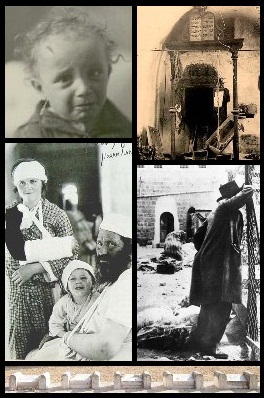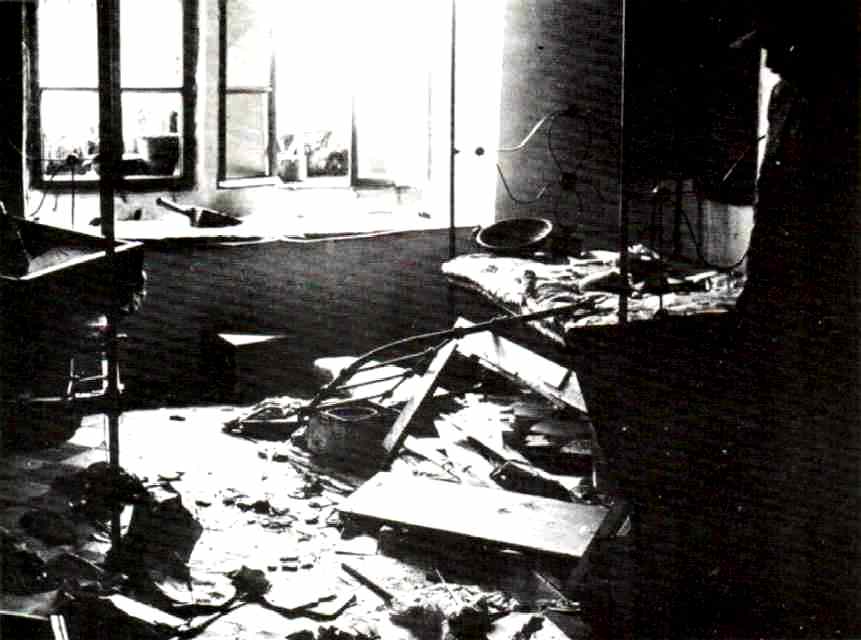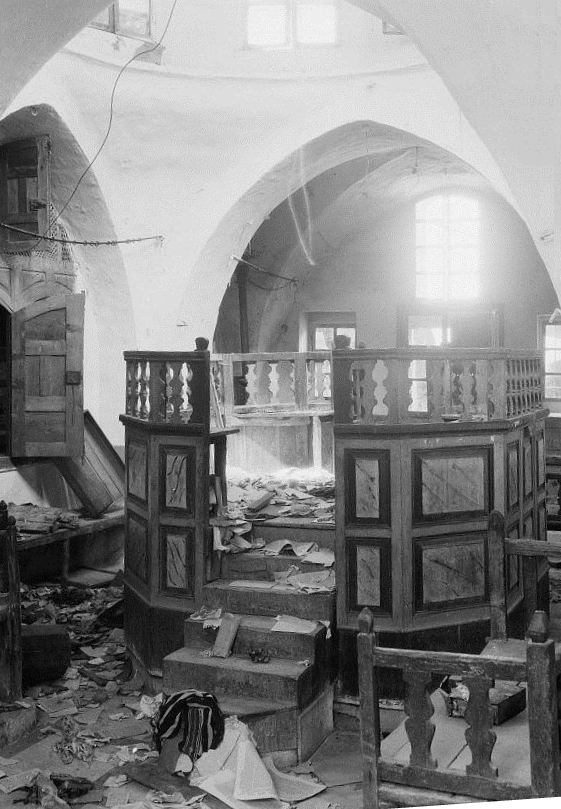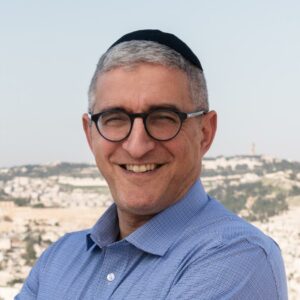With the anniversary of the Six Day War and reunification of Jerusalem in 1967 having happened recently, I was reminded about the liberation of, and Jewish return to Hebron for the first time that year since 1929 when 67 Jews were massacred.
In “Ghosts of a Holy War,” author Yardena Schwartz writes a historical book with a beautiful narrative. The book has two parts. First, the chronicles of David Shainberg, a 22-year-old student from Memphis, TN, who moved to Hebron to study in the Hebron Yeshiva (a prominent Jewish institute of advanced education) in 1928. Never expecting the end of his story as happened, David was making plans for his future when he became one of the 67 victims of the August 1929 massacre and purging of the Jewish community, leaving the city in which the Biblical patriarchs and matriarchs are buried, and where Jews had lived for thousands of years, judenrein, empty, for nearly 40 years.
In 2019, Schwartz was given a gift that would be any writer’s dream: a box of David’s correspondence to his family that was dutifully saved, guarded, and treasured by successive generations who never knew him. It was now entrusted to her to tell his story, which she does masterfully. Through giving light to David’s words, Schwartz shares one of the few surviving voices of the Jewish community in Hebron a century ago, along with a critical historical perspective.
My debut book is an Amazon bestseller! Thank you to everyone who has bought a copy of Ghosts of a Holy War 🙏 If you haven’t, and you want to understand the true origins of the Arab-Israeli conflict and how we arrived at this tragic moment, order here: https://t.co/ZRit2ANAQq pic.twitter.com/IC8cijQxsd
— Yardena Schwartz (@yardenas) October 30, 2024
Reading “Ghosts of a Holy War,” I felt like I was watching the movie “Titanic.” You know the outcome. You know that Rose (Kate Winslet) survives, and Jack (Leonardo DiCaprio) dies. But as they float along unaware of the iceberg in their path, the ship’s sinking, and Jack’s drowning along with that of hundreds of others, there’s a faint hope that they will survive. I felt that way in reading David’s story, finding it hard to believe that it would end so abruptly with no hint of what was about to happen when he penned his last letter, days before he was murdered, which only arrived weeks after his death.
Simply recounting David’s story is and would have been a compelling enough book. Of course, it highlights the folly in thinking that the Arab-Israel conflict is not something rooted in extremist Islam, or to do with a Jewish state.
The second part of the book is something that I know Schwartz wishes she didn’t have to write about. In interviewing her for the Inspiration from Zion podcast, she gets emotional recounting how the October 7 Hamas massacre impacted her directly and personally. While she could have finished the book just about David’s story, it was necessary to connect the 1929 Hebron massacre and Islamic provocations leading up to that, with the same ideological roots of the 2023 massacre.
“Ghosts of a Holy War” connects the dots between the extremist antisemitic theology and incitement of the then mufti of Jerusalem, Haj Amin el-Husseini, and his ideological descendants of Hamas and other Islamic extremists today.

In addition to being well written, “Ghosts of a Holy War” is well researched. In connecting the two massacres nearly 100 years apart, Schwartz underscores that the neither the Hamas massacre of October 2023, nor the war in which Israel is engaged, are phenomena of just two decades of Hamas control of Gaza, a result of the Oslo Accords, a result of the Six Day War, and not even as a result of Israel’s declaration of independence in 1948. These ghosts of the Hebron massacre that are hauntingly pervasive precede the establishment of the State of Israel by two decades. They are rooted in antisemitism and in the denial of the Jewish people’s connection to the Land of Israel. The “ghosts” speak to the disbelief that peaceful Arab neighbors in Hebron could turn against their Jewish friends in 1929—just as many Israelis, as well as those communities most devastated by the October 7th massacre, believed that peaceful coexistence was secure, until that illusion was violently broken.
Some who justify the Hamas massacre do so based on the Arab narrative that if one’s children were “occupied” for two/four/seven decades, they would in fact legitimately resort to such depravity, even though the facts are not on their side, and the Hebron 1929 massacre disproves it.
Schwartz deserves credit for laying out the facts and connecting the dots as she did, and also because it’s essential, especially today, that the truth be broadcast as widely as possible to overcome the false narratives and libels against Israel and the Jewish people.

There are two issues, which are not unique to “Ghosts of a Holy War” and that many writers and historians trip over, that also need to be clarified for accuracy. First is a reference to “Palestine” and “Palestinians.” In 1929, there was no Palestinian state, nor was there an ethnic group known as Palestinians in the modern sense. Even if one views the desire for Palestinian statehood as emerging in response to the establishment of Israel, the historical fact remains: in 1929, “Palestine” was a territory under British Mandate rule and had never existed as an independent nation—not since the Roman conquest.
Under British Mandatory Palestine, those referred to as “Palestinians” were Jewish residents. Neither the British nor the neighboring Arab states recognized any independent Palestinian Arab ethnicity. There never has been a Palestinian State.
Schwartz also compellingly gives voice to some of the victims of the Hamas massacre, as she did with David in Hebron. Unfortunately, Hamas terrorists are referred to interchangeably as “gunmen,” “armed groups,” “militants,” etc. It may have felt redundant to use the term repeatedly, but in my view, they are all terrorists and should be identified as such—even if it means some repetition. While varying the language might seem less jarring, it risks using terms that are inaccurate or inappropriate. Calling them “terrorists” is not only correct—it’s necessary.
This applies to whether the thousands of terrorists who invaded Israel that day were well-trained Hamas Nuqba forces or civilians.
Many make these mistakes. It’s important to correct them. Regardless, “Ghosts of the Holy War” is one of the best, most historically significant, and compelling books I have read in some time, and which I have recommended repeatedly for others to do so as well.





